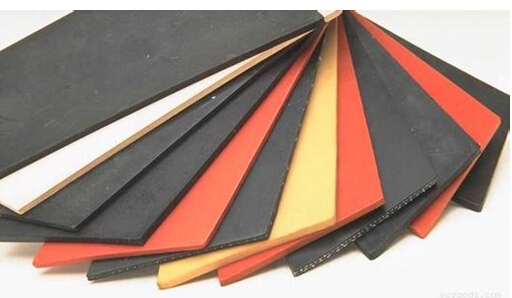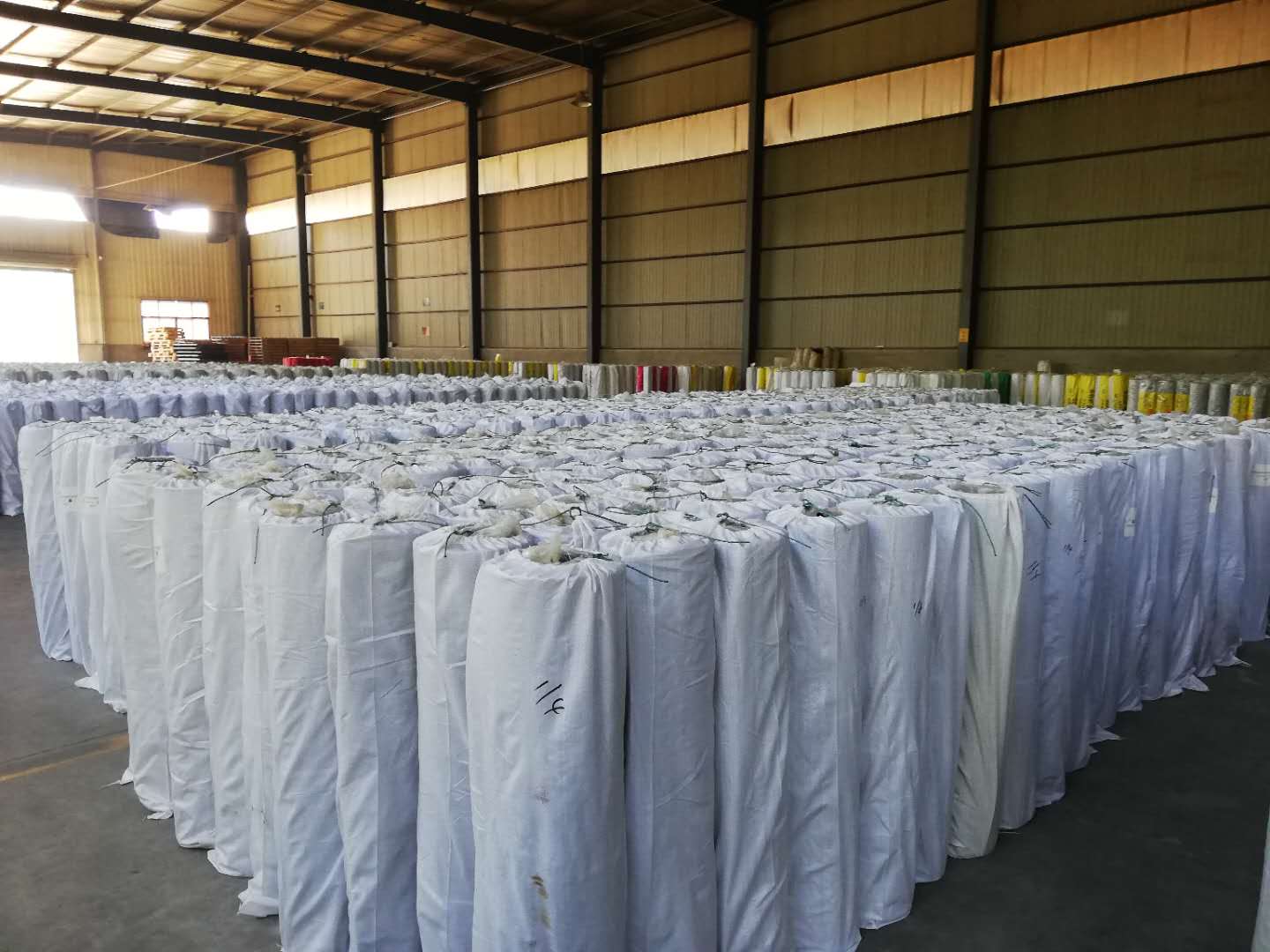Wind power generation has the advantages of resource regeneration, huge capacity, non-pollution, and low cost of comprehensive treatment. Its development and utilization have attracted more and more attention from countries around the world[1,2]. The world has continued to invest in wind energy development and utilization. As a result, the wind power equipment manufacturing industry has become the hottest economic field in many countries, and the corresponding market scale has expanded dramatically. [3]. The global wind power market installed data released by the Global Wind Energy Council (GWEC) shows that the global wind power industry added wind power in 2011. With an installed capacity of 41,000 MW, global wind power generation has increased by 21%. In 2011, China’s wind power installed capacity reached 20 GW. It is predicted that by 2020, China’s wind power installed capacity is expected to reach 300 million kilowatts [4]. Countries are currently accelerating wind power. The pace of research and development of generating units has been continuously introducing new technologies and equipment. Most of the large wind turbine blades are manufactured using assembly methods. The blade shells are respectively formed on the two female molds, and the core material and other glass fiber composite parts are respectively formed on a special mold, and then the blade shell and the core material, and the upper and the lower half blade shells on the master mold are mutually Bonding, and filling the gap in the shell, the mold is pressed and cured to form the whole blade [5]. The adhesive used therein is an important structural material of the blade, which is directly related to the stiffness and strength of the blade. With the increase of stand-alone installed capacity, wind turbine blades have become longer and longer, the mainstream size has reached more than 40 meters, the maximum length of the blade even exceeds 80 meters and weighs more than 5 tons [6]. This is to mold clamping The adhesive puts forward more stringent technical requirements.
With the rapid development of the wind power industry, the market demand for adhesives is increasing. 50 to 300 kg of adhesive is used for every blade produced. The world wind power industry has grown very fast. Under the impetus of governments of all countries, wind power will continue to grow rapidly for a long time, which creates enormous business opportunities for adhesive manufacturers.
1. Characteristics and types of adhesives for wind power blades
From the perspective of the application of wind turbine blades, it is of utmost importance that large dynamic structures have continuous and stable mechanical properties over their service life. Wind turbine blades must carry periodic loads as well as extreme weather encountered during operation, which poses many unimaginable requirements for blade structure design. Therefore, the adhesives that fix the key components must have the most excellent mechanical properties and operating performance. A reliable wind blade adhesive must have the following important features:
a) have high strength and toughness and must be able to withstand the centrifugal force of each blade;
b) Has excellent operating characteristics, such as not falling, easy pumping, etc.;
c) Has good wettability and thixotropy;
d) Has high compression resistance, fatigue resistance and anti-aging properties;
e) The reaction cycle of the adhesive must closely match the working cycle of the blade mould [7];
f) Excellent gap filling capacity, suitable for different thickness of adhesive tape;
g) Low exotherm and low cure shrinkage.
At present, the mainstream wind power blade adhesives in the market include epoxy adhesives, polyurethane adhesives, and modified acrylate adhesives. Compared with other types of adhesives, epoxy adhesives have the advantages of high bonding strength, small curing shrinkage, and easy modification. There are many varieties of epoxy resins, curing agents and modifiers, which can be designed with reasonable and ingenious formulas so that the adhesives have the required process properties and have the required performance. Epoxy adhesives have become the preferred choice for most wind turbine blade manufacturers due to their performance and cost advantages.
2. Research status at home and abroad
Some large multinational companies have actively developed and produced adhesives for wind power blades. Representative examples are Hexion, Hunstman, DOW, BASF, Ashland, ITW, and others. At present, large-scale blade manufacturers at home and abroad basically use the epoxy resin products of Hexion of the United States. Hexion's L135/K2-K4 series of epoxy adhesives are glass fiber, solvent-free adhesive systems with low exotherm, thermal thixotropy, and excellent gap-fill performance with a maximum fill gap of up to 5 cm. It can be used to bond materials of various materials. It can also be used for bonding on vertical surfaces without hanging. This adhesive has excellent mechanical properties and mechanical properties and can withstand fatigue testing under extreme environmental conditions. Because it can effectively improve the production efficiency of wind turbine blades and the working performance of blades, it has been widely recognized by wind turbine blade manufacturers.
The MA560 and MA590 adhesives developed by ITWPlexus are acrylic adhesives, which enable FRP composites to have better peeling and fatigue resistance. And can achieve rapid curing at room temperature, greatly reducing the cost of production and improve production efficiency. In addition, compared with epoxy adhesives, it can also effectively reduce the cost of the curing process. However, its development cost is higher than Hexion's L135/K2-K4 series.
Vantico's Araldite adhesive is made of epoxy and polyurethane and has characteristics of no collapse, easy pumping and fast low-temperature curing and is suitable for wind turbine blade applications. Among them, the XD4734/XD4735 series epoxy/curing agent systems have been widely used for blade production [8,9].
Ashland’s ENGUARDBP6200ARF is a vinyl-based adhesive for wind turbine blade bonding; PLIOGRIP 1000 is a two-component, toughened acrylic adhesive.
Gurit's Spabond 345 brand adhesives are based on toughened epoxy resins. Spabond130 brand adhesive is based on toughened epoxy resin, filled with a small amount of chopped carbon fiber, and has been approved by DNN/Germanischer Lloyd to bind the blade/hub screw and nut. This product overcomes the stress caused by different thermal expansion and contraction of metal and composite materials.
China, as the world's largest resin producer and consumer, has achieved international performance in resin products, and some products are comparable to international brands. However, domestic production is mainly universal resin. Although this resin has many excellent properties, it still has its shortcomings, such as high viscosity, poor fluidity, high crosslink density after curing, internal stress, brittleness, fatigue resistance, heat resistance, impact resistance The shortcomings such as poor resistance to cracking and poor resistance to moisture and heat have limited their application to wind turbine blade composites to a large extent. Driven by domestic and foreign markets, Chinese researchers have also begun to research and develop high-performance adhesives for wind turbine blades. Shanghai Kangda Chemical Co., Ltd. is the fastest-growing and successful domestic adhesive manufacturer. The special epoxy glue WD3135 developed for the wind blade is a two-component, highly thixotropic, high-toughness epoxy adhesive suitable for the bonding process of blades. Has passed the German GL demonstration, to a certain extent, can replace imported adhesives, but also in some wind turbine blade manufacturers can be applied through the above comparison shows that the Hexion adhesive's overall mechanical properties of the best, Dow adhesive in the impact resistance is slightly inadequate. The performance of the domestic Coanda adhesive has certain advantages. The key performances such as stretching, impact resistance and shearing are comparable to those of Hexion, but the bending performance is lower than that of Hexion. At present, some domestic wind power blade manufacturers use Kangda adhesives. , But it is mainly used for the bonding of non-key parts. The application range is very limited and it belongs to small batch production. Therefore, it is very necessary to learn from foreign advanced technology and experience, optimize the product design, improve product performance indicators, in order to steadily promote the process of localization of wind power blade key materials.
Adhesives are one of the important materials for wind turbine blades. The key production technology for adhesives for wind power blades is almost monopolized by a few foreign companies. At present, domestic adhesives can not fully meet the technical requirements of wind power blades, and they mainly have problems such as low fracture strength, low elongation, poor toughness, and poor fatigue resistance. As a result, cracks are easily formed during operation of the blades, and the service life is greatly shortened. Although a few domestic manufacturers began to develop high-performance adhesives for wind power blades and applied them, there is still a certain gap compared with the performance of foreign products, and they are only in the small-scale production stage. The domestic blade manufacturers have long relied mainly on imports, which not only kept the prices high, but also had a high production cost of the blades. It has also seriously constrained the improvement of the core competitiveness of the wind power blade manufacturing industry in China. Therefore, China should increase capital investment and R & D efforts to break through key technologies, so that domestic wind turbine blade manufacturers can significantly reduce production costs and promote the healthy and rapid development of China's wind power industry.
Sbr Rubber Sheet is a copolymer of styrene and butadiene and has properties similar to Natural Rubber. It has good abrasion resistance, excellent impact strength, very good resilience and a high tensile strength.
It can be red,green,grey or blue colour etc and can cut difference size.
Product name
Colour
Product standard
Usage and property
SBR Rubber Sheet
Black,red,blue,
grey,green
GB/T5574-2008
Hardness:low middle high
Pressure:1.6~6.0Mpa
The allowed temperature:min-35℃ max +60℃
Medium:air or water
Usage:Punching washer/gasket ring /seal of the door window.
Acid-resisting Rubber Sheet
Alkali-resisting
Rubber Sheet
Black,red,blue,
grey,green
GB/T5574-2008
Hardness:low middle high
Medium:acidity liquid alkallnity liquid
Function:acid-resisting alkali-resisting
The allowed temperature:min-35℃ max +60℃
Usage:making all kinds of gasket ring/washer bedding equipment or surface.
Oil-resisting Rubber Sheet
Black,red,blue,
grey,green
GB/T5574-2008
Hardness:high
Medium:engine oil,gasoline,lubriacting oil,transformer oil etc.
Function:oil-resisting
The allowed temperature:min-30℃ max +100℃
Usage:punching washer/gasket ring bedding surface of equipment.
Heat-resisting Rubber Sheet
Black,red,blue,
grey,green
GB/T5574-2008
Hardness:low middle high
Medium:steam,air,hot air
Function:heat-resisting,aging-resisting
The allowed temperature:min100℃ max 250℃
Usage:punching all kinds of gasket ring/washer/gasket/board
Insulation Rubber Sheet
Black,red,blue,
grey,green
GB/T5574-2008
Hardness:low middle high
Function:prevent electricity/static electriaty.
The allowed voltage:max 50,000kv
Usage:This products is suitable for use in electriaty,oil chemistry,metallurgy,communication etc(spreading surface of punching all kinds of gasket ring/washer/boards)


SBR Rubber Sheet
Sbr Rubber Sheet,Industrial Rubber Sheet,Common Rubber Sheet,Black Rubber Slab
HEBEI HENGDA SEALING MATERIALS CO.,LTD. , https://www.hengdasealing.com